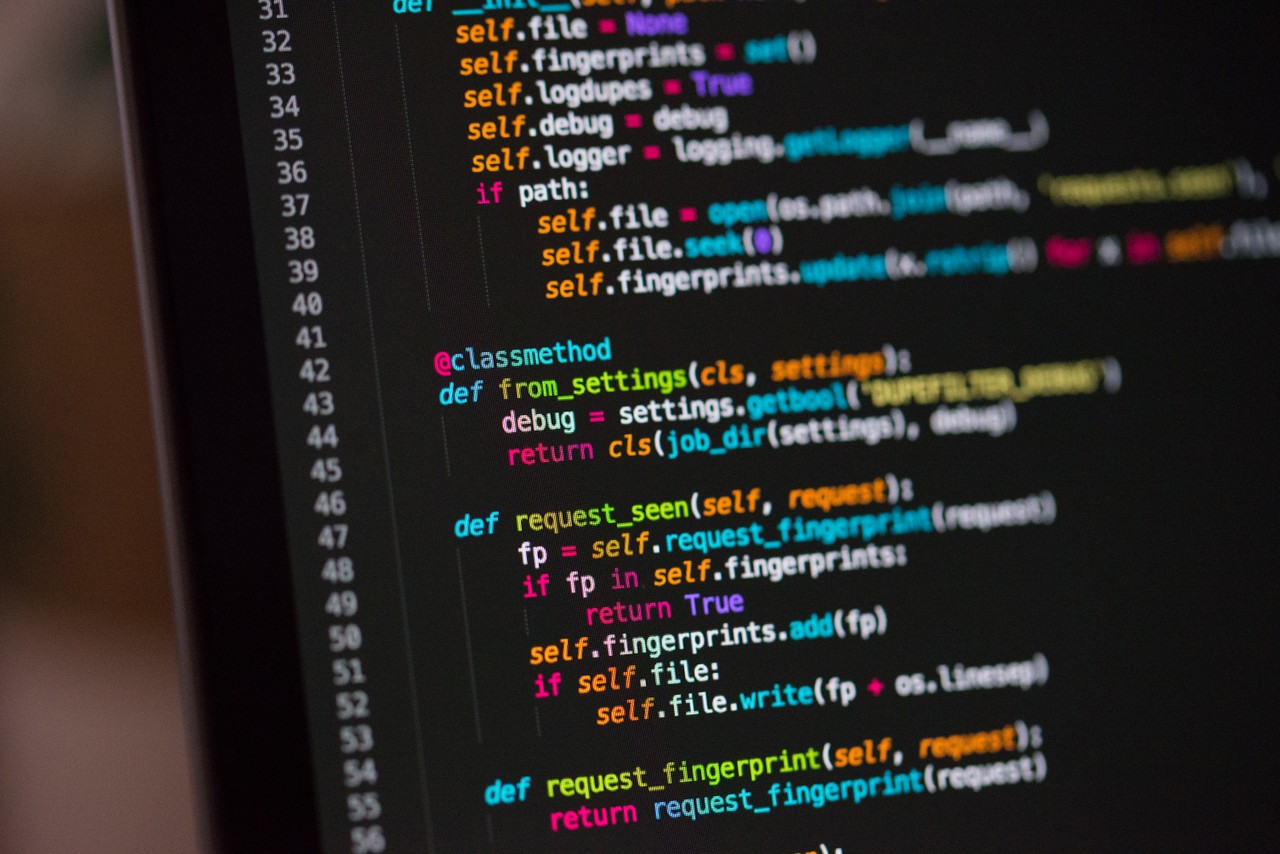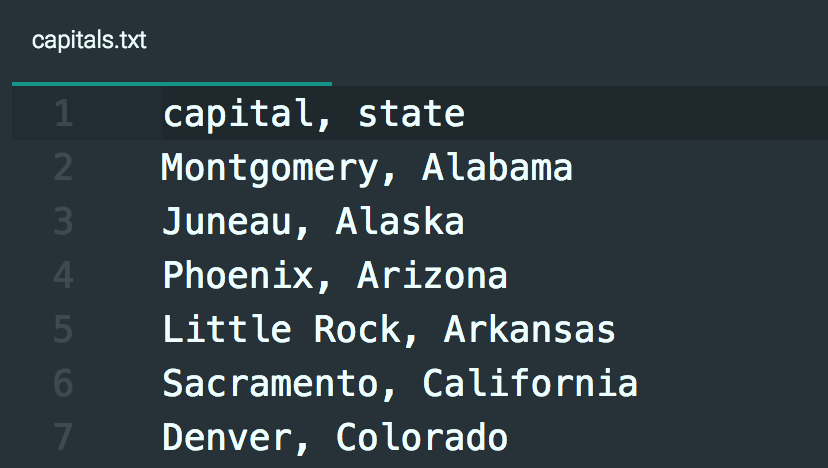

- #WRITE FILE PATH MAC FOR PYTHON HOW TO#
- #WRITE FILE PATH MAC FOR PYTHON FULL#
- #WRITE FILE PATH MAC FOR PYTHON WINDOWS#
Therefore, you can refer to the file as 'C:/Users/narae/Desktop/alice.txt'.
 Python lets you use OS-X/Linux style slashes "/" even in Windows.
Python lets you use OS-X/Linux style slashes "/" even in Windows. #WRITE FILE PATH MAC FOR PYTHON WINDOWS#
Python allows using both in a Windows system, but there are a couple of pitfalls to watch out for. That is because natively, Windows file path employs the backslash "\" instead of the slash. In Windows, there are a couple additional ways of referencing a file.
#WRITE FILE PATH MAC FOR PYTHON FULL#
You can look up a file's full directory path and file name through its "Properties". Directories are separated by a slash "/". In Linux and OS-X, it starts with "/", which is called root.

In Windows, a full file directory path starts with a drive letter (C:, D. chdir()).> myfile = open( '/Users/narae/Desktop/alice.txt') # Mac and Linux > mytxt = myfile.read() getcwd()) and change it into a different directory (.
#WRITE FILE PATH MAC FOR PYTHON HOW TO#
Below illustrates how to find your CWD (. Python module os provides utilities for displaying and modifying your current working directory. See this screen shot and and the next section for how to work with your CWD setting in Python shell.

(Not recommended, since your shell's CWD may change.)
Change your CWD to the file's directory, or. Unless your file happens to be in your CWD, you have two options: (Mac users should see this FAQ for how to change your setting.) In OS-X, it is usually '/Users/username/Documents' where username is your user ID. In Windows, the default location is often 'C:/program Files (x86)/Python35-32' (which is inconvenient - see this "Basic Configurations" page or this FAQ for how to change it). In your shell, the initial CWD setting varies by system. Myfile = open( 'alice.txt') # alice.txt is in the same dir as foo.py Therefore, you can refer to a file in a script by its name only provided that the file and the script are in the same directory. When you execute your script, your CWD is set to the directory where your script is. Also, your Python has different initial CWD settings depending on whether you are working with a Python script or in a shell environment. But bear in mind that your CWD may change. This means that a name-only reference will be successful only when the file is in your Python's CWD. But if your file reference does not start from the top (e.g., 'alice.txt', 'ling1330/alice.txt'), Python assumes that it starts in the CWD (a " relative path"). So far we have been using the absolute path, which begins from the topmost directory. You can think of it as the folder your Python is operating inside at the moment. The concept of Current Working Directory (CWD) is crucial here. However, you might have seen files called by their name only, e.g., 'alice.txt' in Python. So, using the full directory path and file name always works you should be using this method. That way, everything in the string is interpreted as a literal character, and you don't have to escape every backslash.įile Name Shortcuts and CWD (Current Working Directory) Alternatively, you can prefix the entire file name string with the rawstring marker "r": r'C:\Users\narae\Desktop\alice.txt'. If using backslash, because it is a special character in Python, you must remember to escape every instance: 'C:\\Users. myfile = open( '/Users/narae/Desktop/alice.txt') # Mac and Linux > mytxt = myfile.read()








 0 kommentar(er)
0 kommentar(er)
